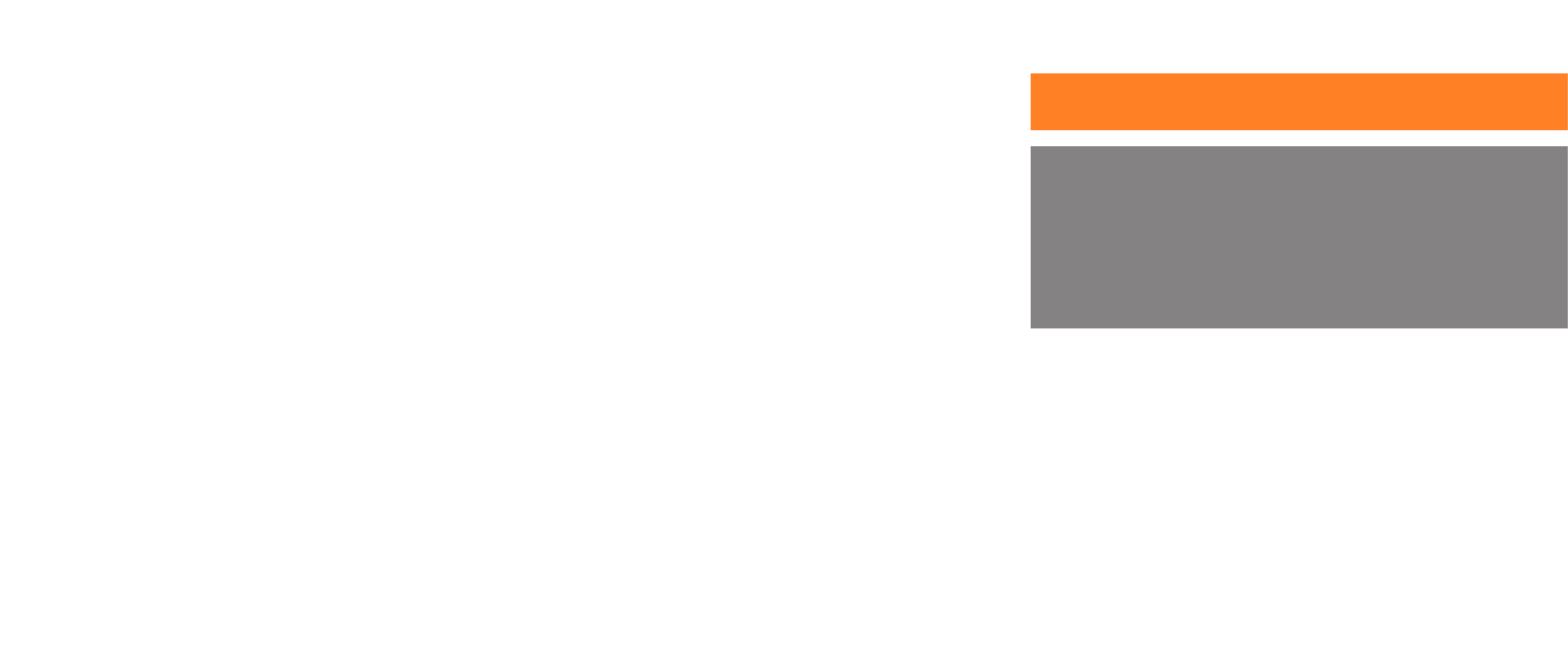5 Problems, No Solution? Common Epoxy Installation Problems
Epoxy floor coatings have had a steadfast monopoly over the garage flooring industry for decades. Only recently did polyaspartic polyurea coatings start gaining popularity.
We asked a few epoxy garage floor installers to list their most annoying pet peeve about epoxy installation. Listed below is what we uncovered.
Problem #1
Number one on our list is the pinholes puncturing the surface of the epoxy coating. This is caused by the outgassing of the concrete. Usually, these pinholes are more noticeable when the epoxy is poured over porous concrete. Concrete can become porous from vigorous shot blasting or be inherently so if it was overworked during pouring. Epoxy garage floor installers also recommend avoiding coating the floor when the temperature is warmer.
If you find your epoxy flooring sporting pin holes, there is no fix but to scrape the coating off and pour a new one.
Problem #2
Sometimes you may also find the epoxy flooring bubbling at the surface. These bubbles are significantly larger in size than pinholes and completely mar the appearance of a sleek garage floor. It is caused by the concrete emitting water vapor and other gases when the epoxy is yet to completely cure. Over-mixing the epoxy or applying especially thick layers are also common reasons. Flooring contractors have to take extra care to make sure that the epoxy layer doesn’t stop the air from releasing lest the surface becomes bubbly and unsightly.
Problem #3
If the concrete is not clean and correctly profiled, the epoxy layer will pull away from itself and form a crater-like irregularity. This phenomenon is more popularly known as a fish eye or crawling. Any contaminant, especially oil and silicone-based ones are harmful to an epoxy coating. Fisheyes may also happen when you pour a second coating of epoxy but mess up the recoating time window.
To prepare a concrete floor for an epoxy coating you need industrial-grade equipment involving shot blasting and diamond grinding. Once the floors are prepared and abraded, they need to remove the curing compounds and laitance from the slabs. In some cases, if the concrete is completely saturated with oil and chemicals from years of use, epoxy garage floor installers might need to undertake an entire degreasing treatment.
Problem #4
The moisture vapor transmission that occurs in the concrete moves upwards through the slab. When the epoxy layer hinders it from breaking free, the coating blisters and begins peeling away from the concrete floor. Contractors need to check the in-situ moisture content and MVT of the concrete before layering the epoxy. A general rule of thumb is to avoid pouring if the temperature is within 10 F of the dew point.
Problem #5
Epoxy floor installations cannot be done without a manufacturer-recommended primer. Primer ensures that the epoxy remains well-bonded to the concrete and can be used for a longer time.
Polyaspartic Polyurea: A Better Alternative
Say goodbye to chipping floors and blistering layers with our 1-day polyaspartic polyurea floor coatings. Our professional flooring team makes installation simple and quick. There is virtually no downtime and you can start using your floor as early as 24 hours from the installation.
Zone Garage has financing options available for its clients. To get a free quote on our flooring services, visit our website!


